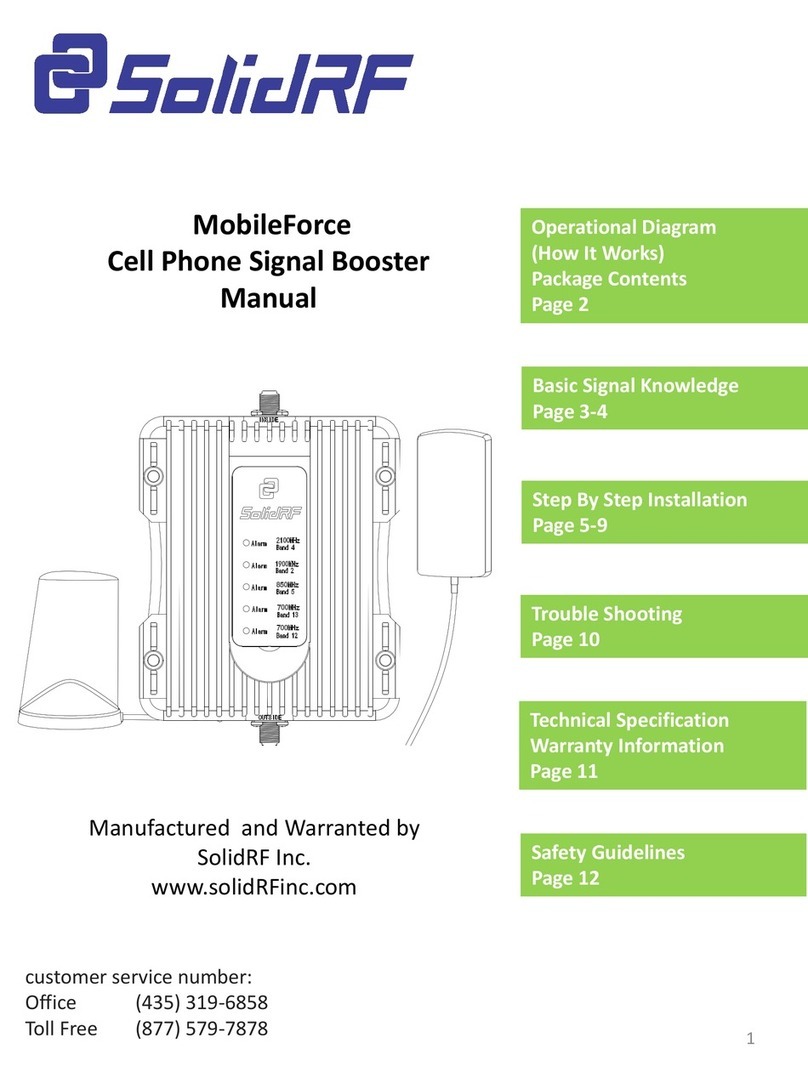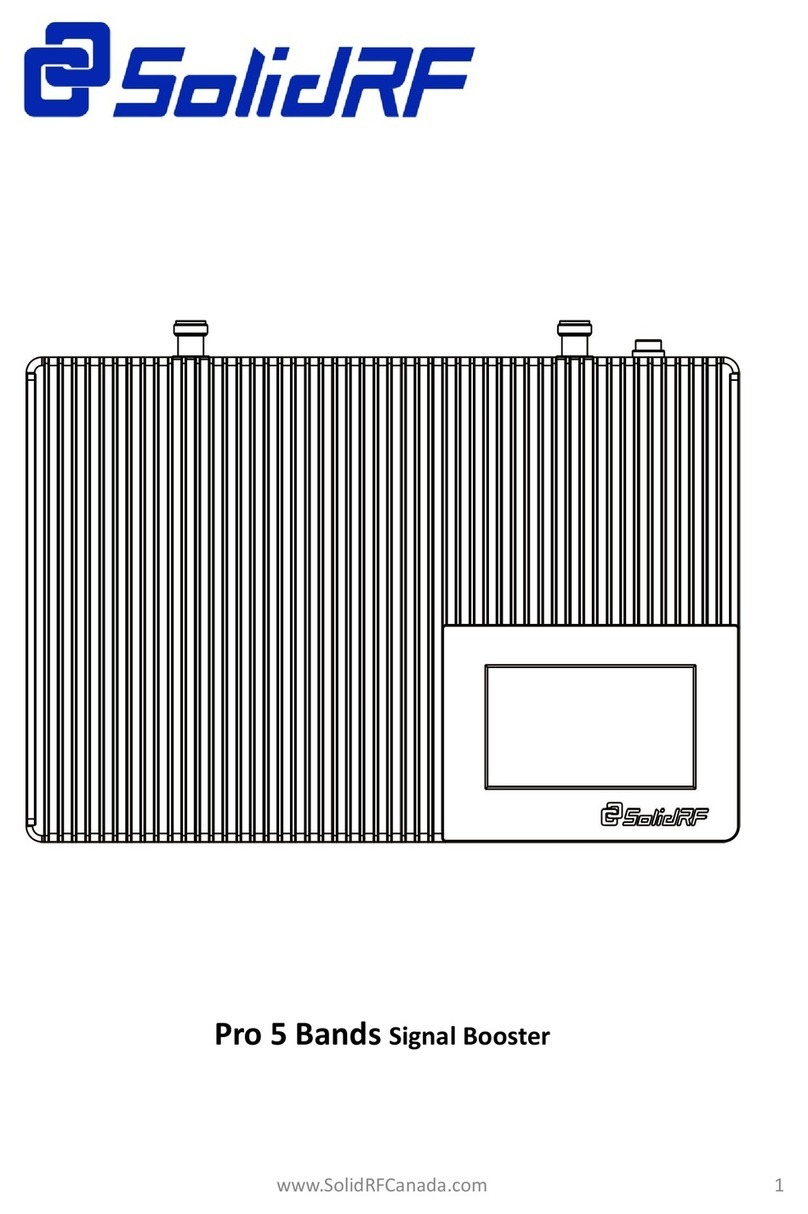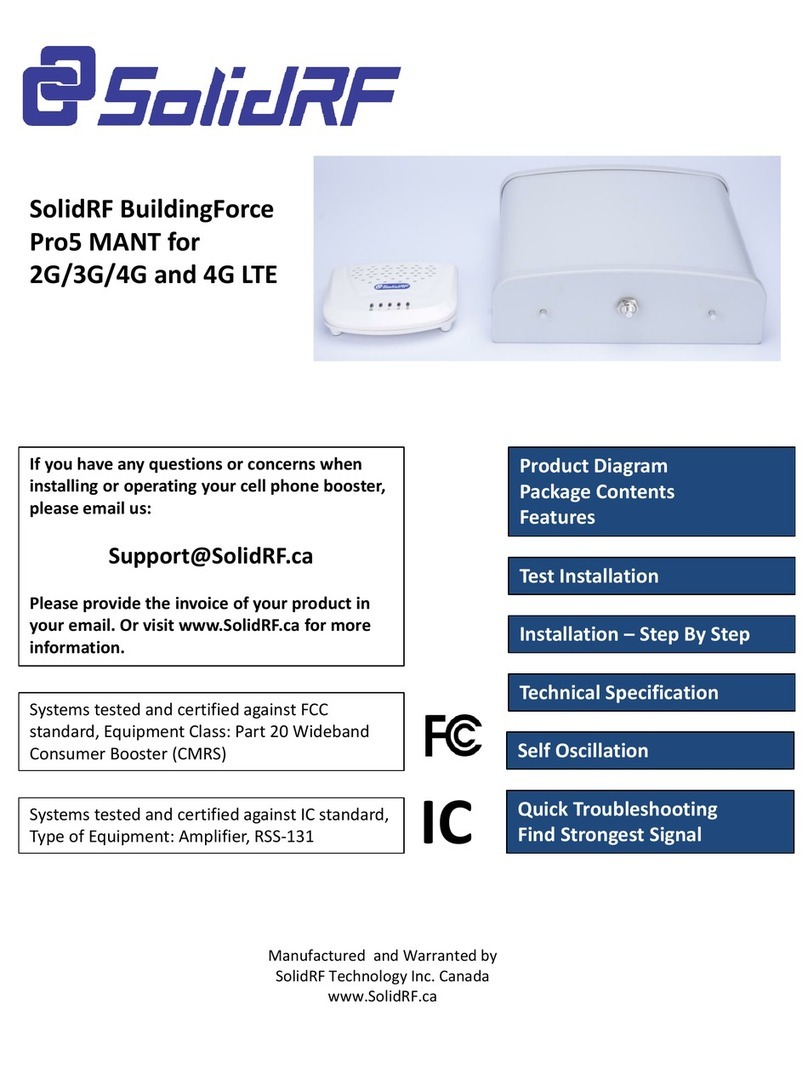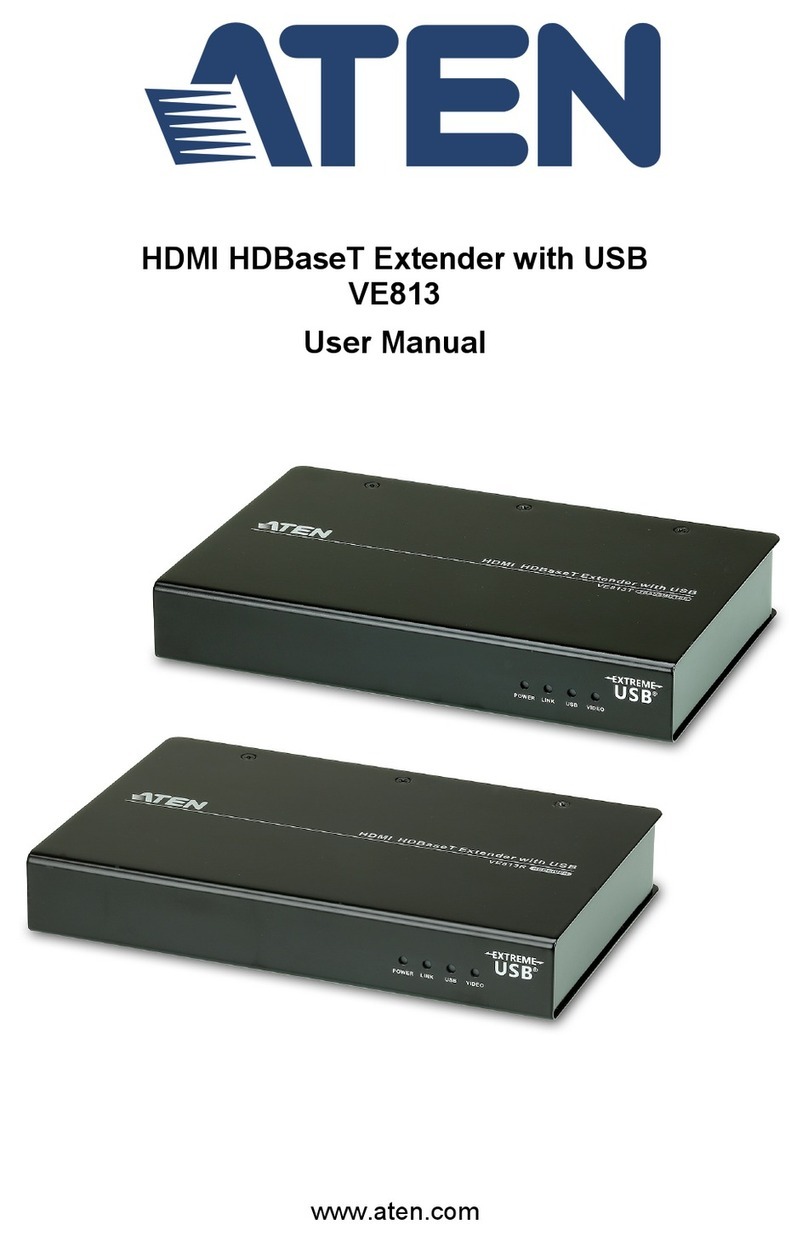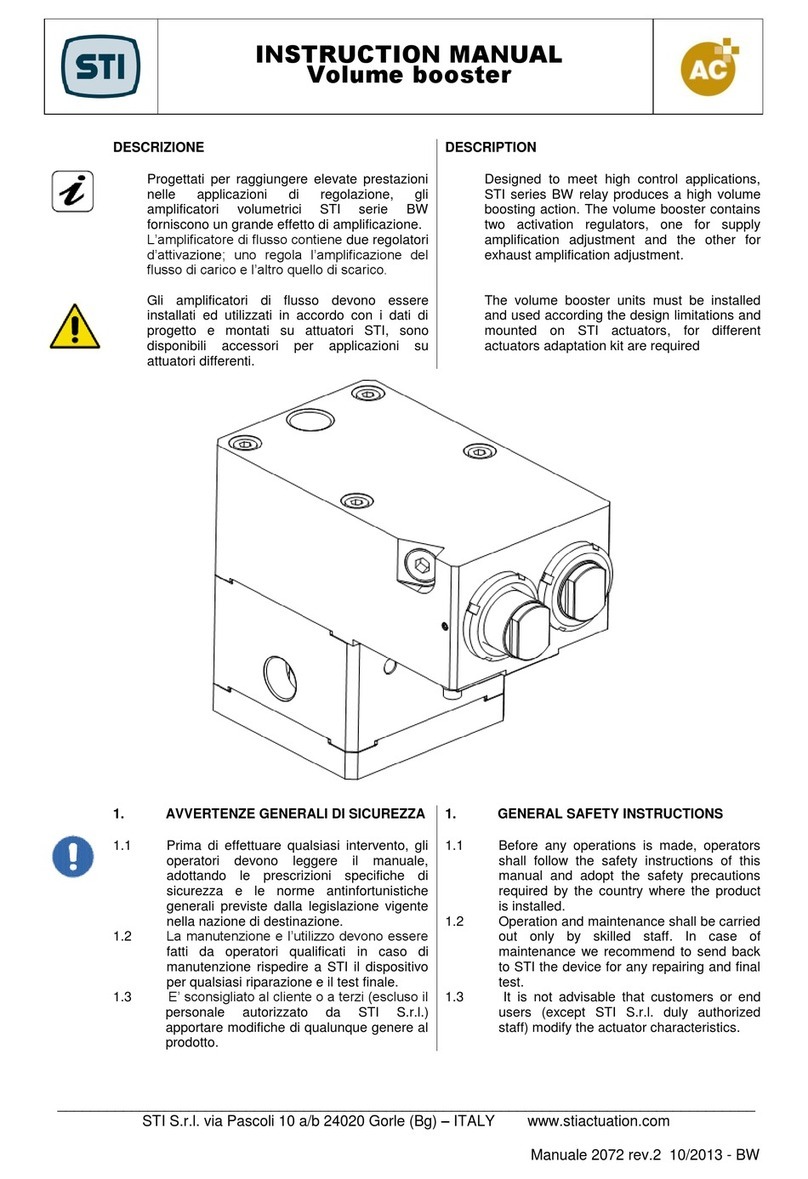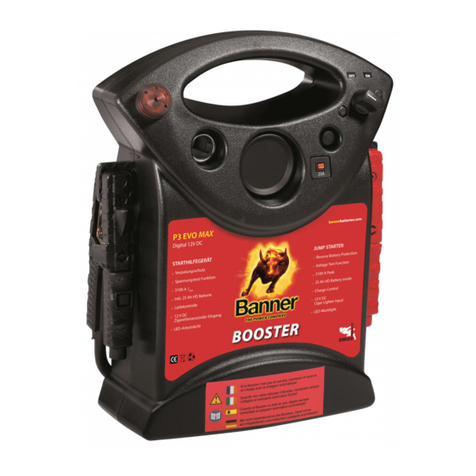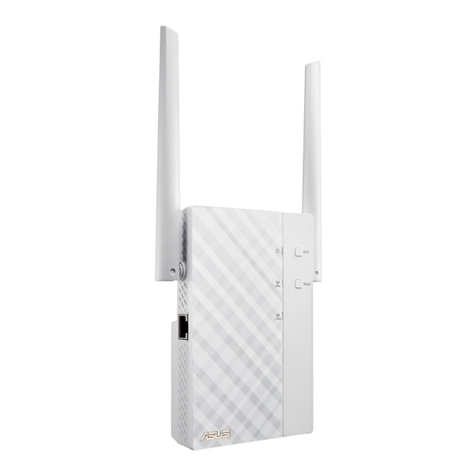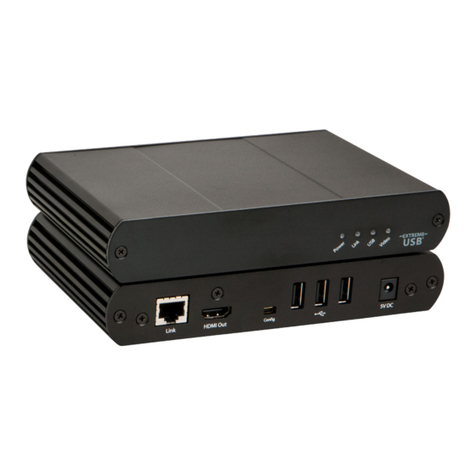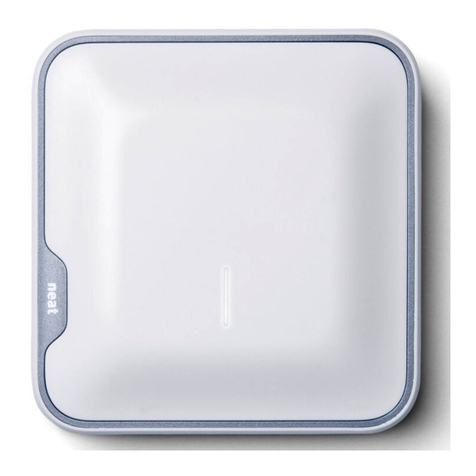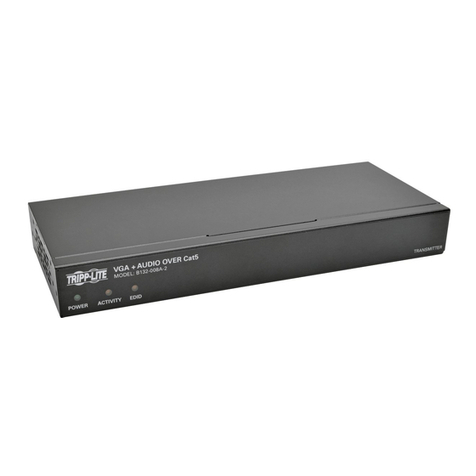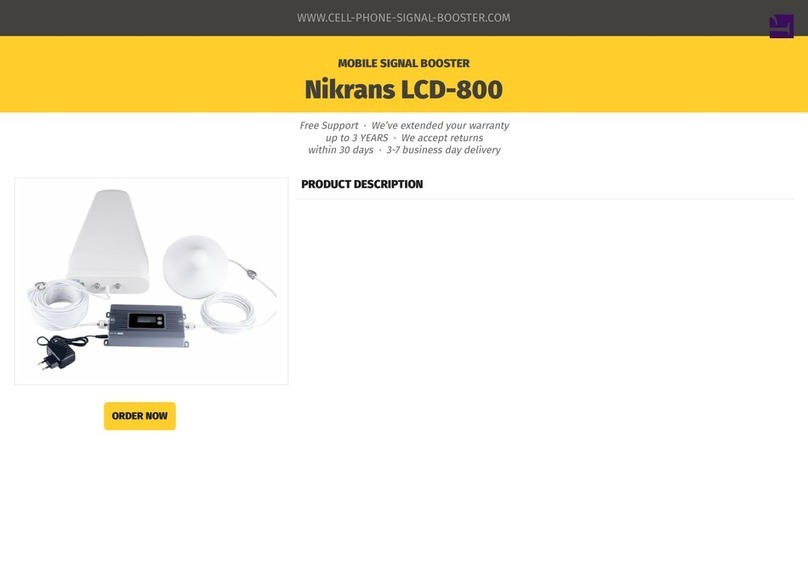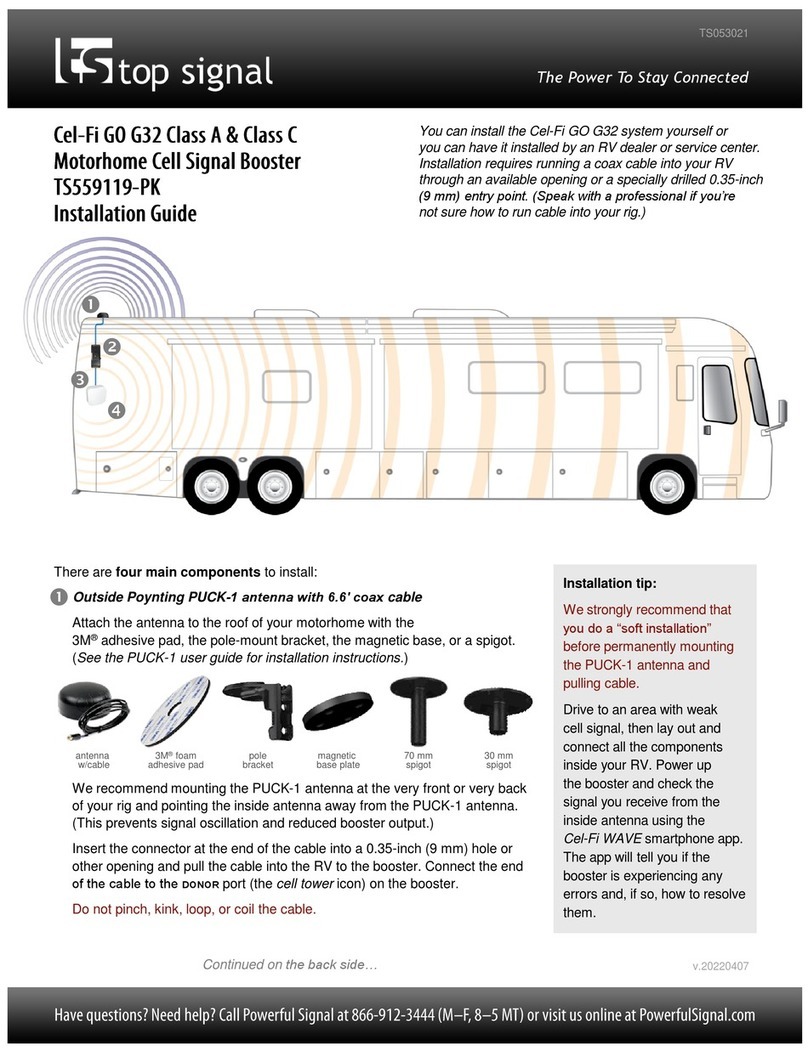SolidRF Signal Plus User manual




















Other manuals for Signal Plus
1
This manual suits for next models
2
Table of contents
Other SolidRF Extender manuals
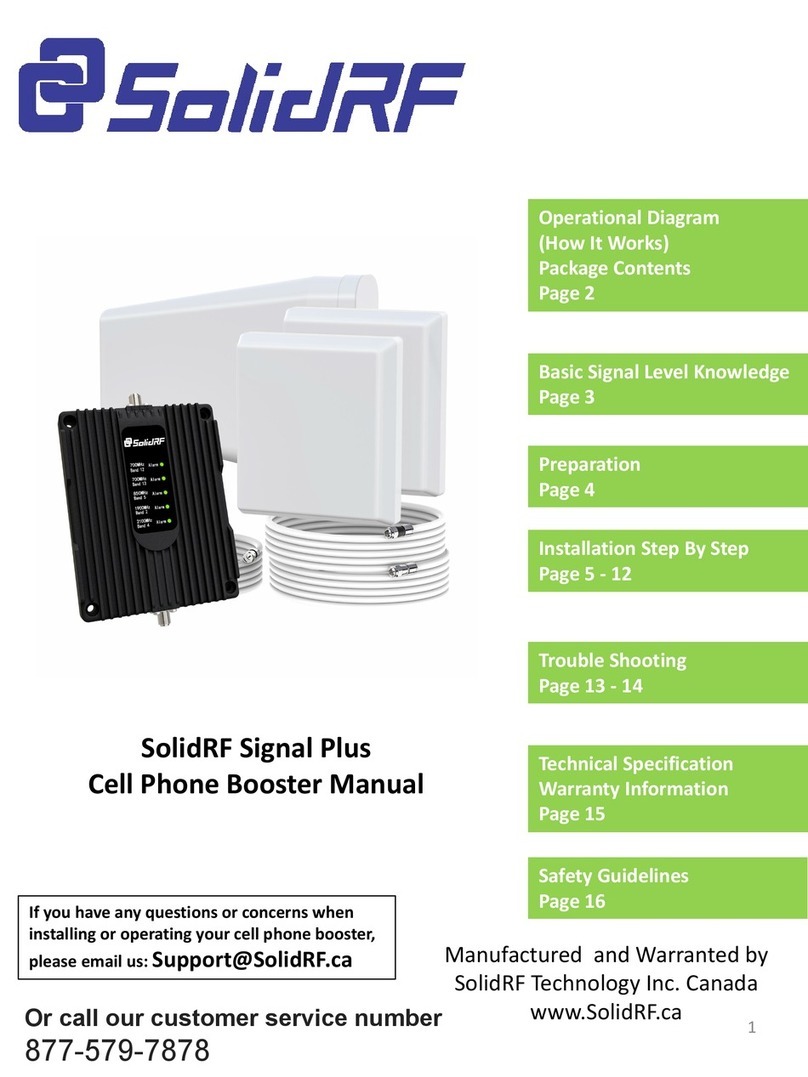
SolidRF
SolidRF Signal Plus User manual
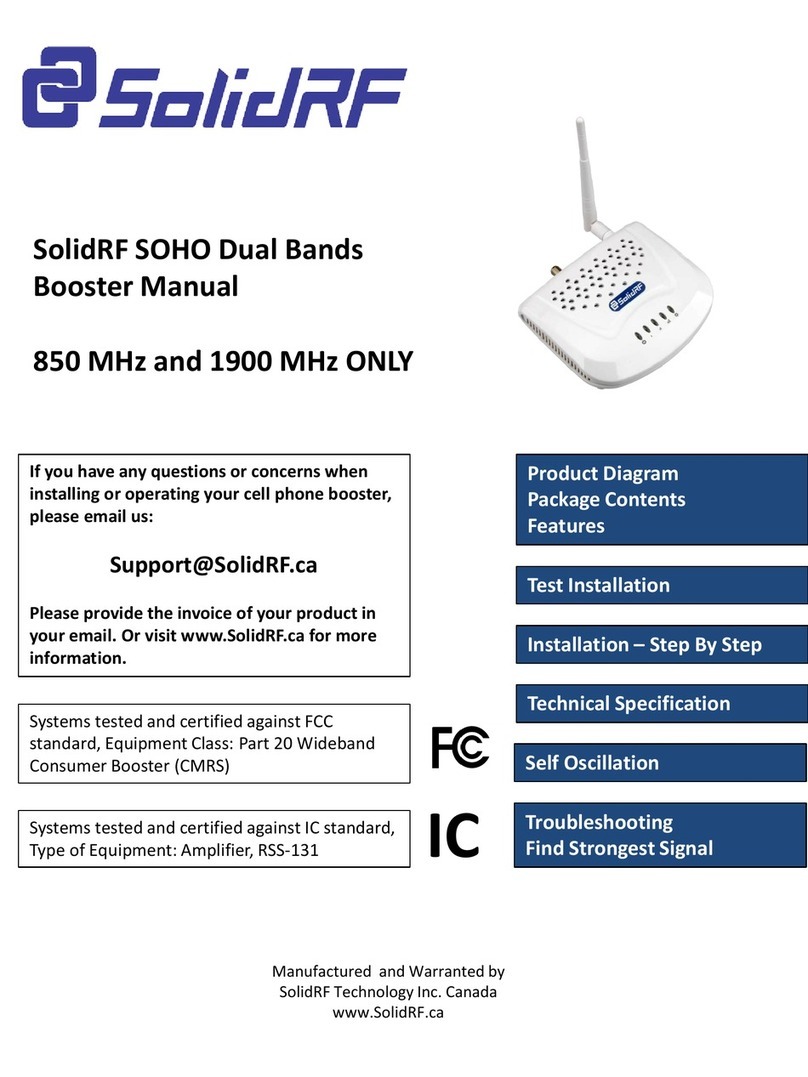
SolidRF
SolidRF SOHO User manual
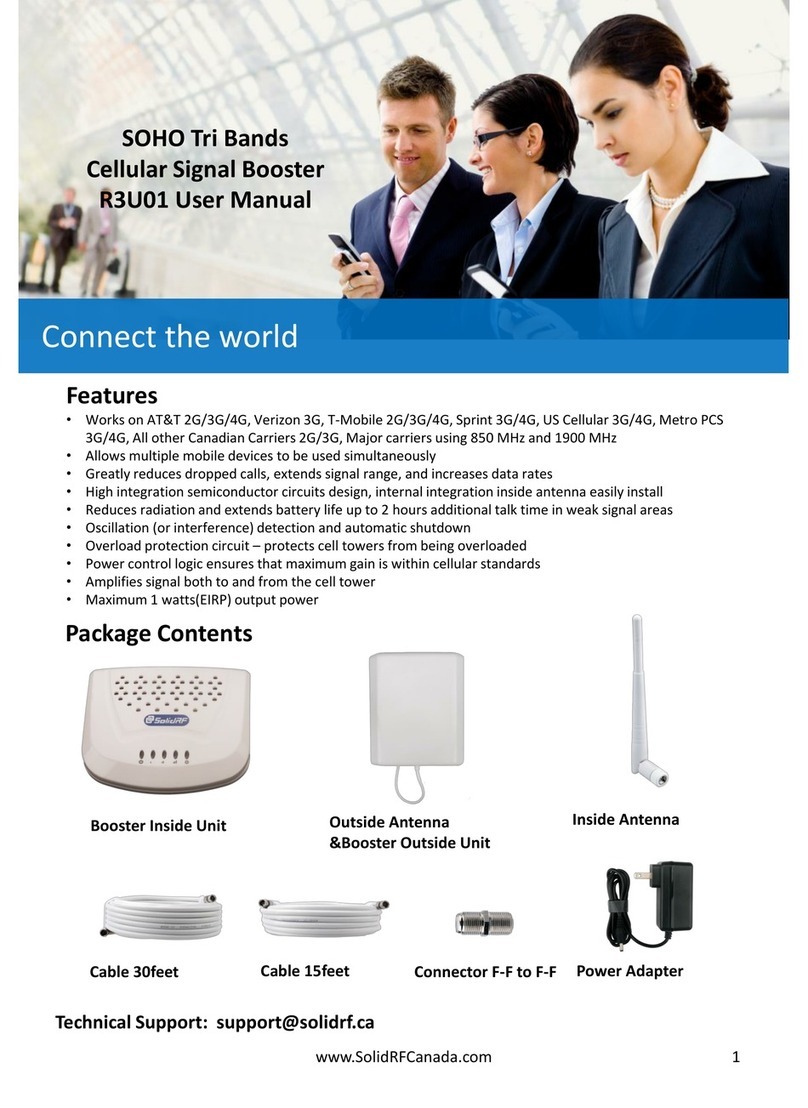
SolidRF
SolidRF Soho Tri Bands R3U01 User manual
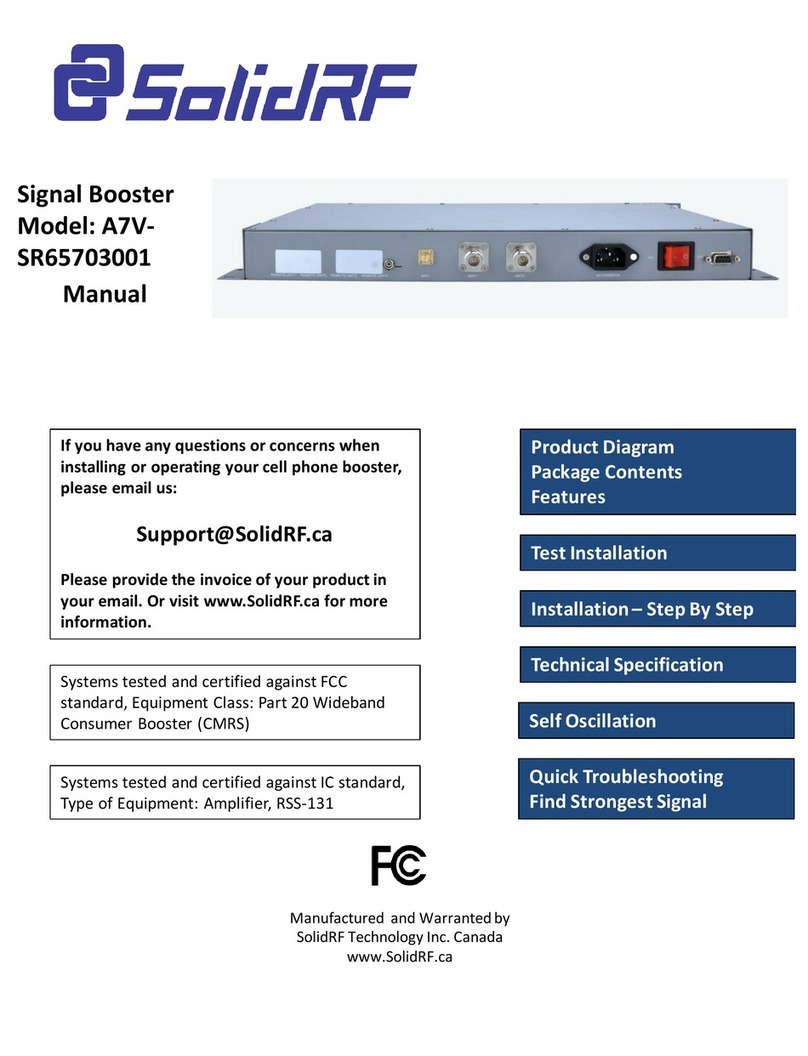
SolidRF
SolidRF A7V-SR65703001 User manual

SolidRF
SolidRF E2 User manual

SolidRF
SolidRF M5U01 User manual
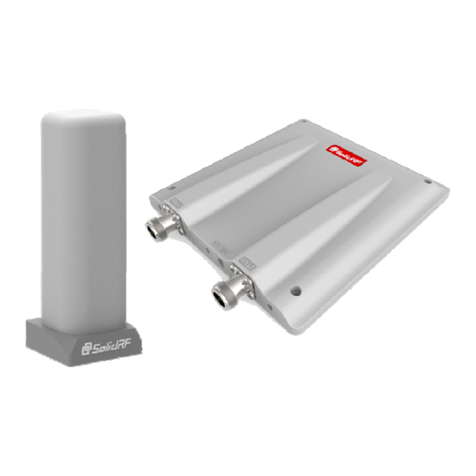
SolidRF
SolidRF TRUE5-A User manual
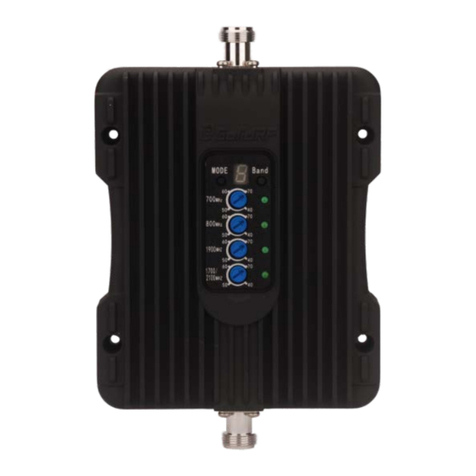
SolidRF
SolidRF BuildingForce 4G-X User manual
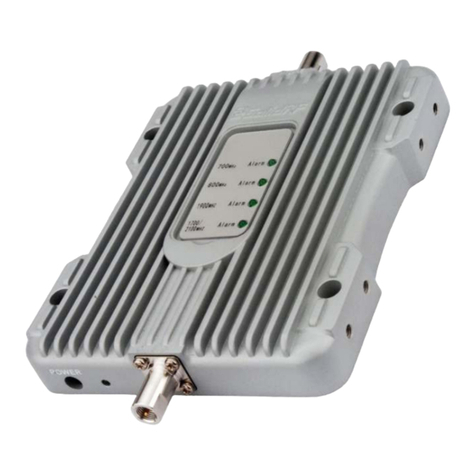
SolidRF
SolidRF MobileForce 4G User manual
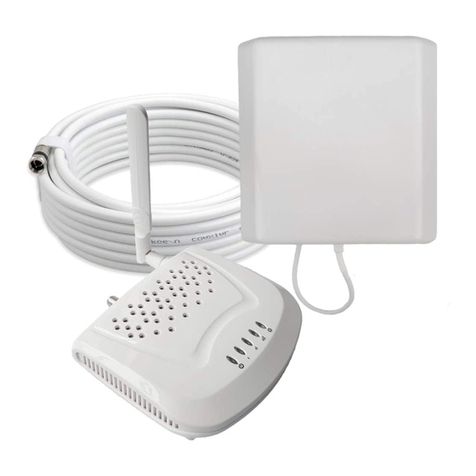
SolidRF
SolidRF SOHO Dual Bands User manual
Popular Extender manuals by other brands
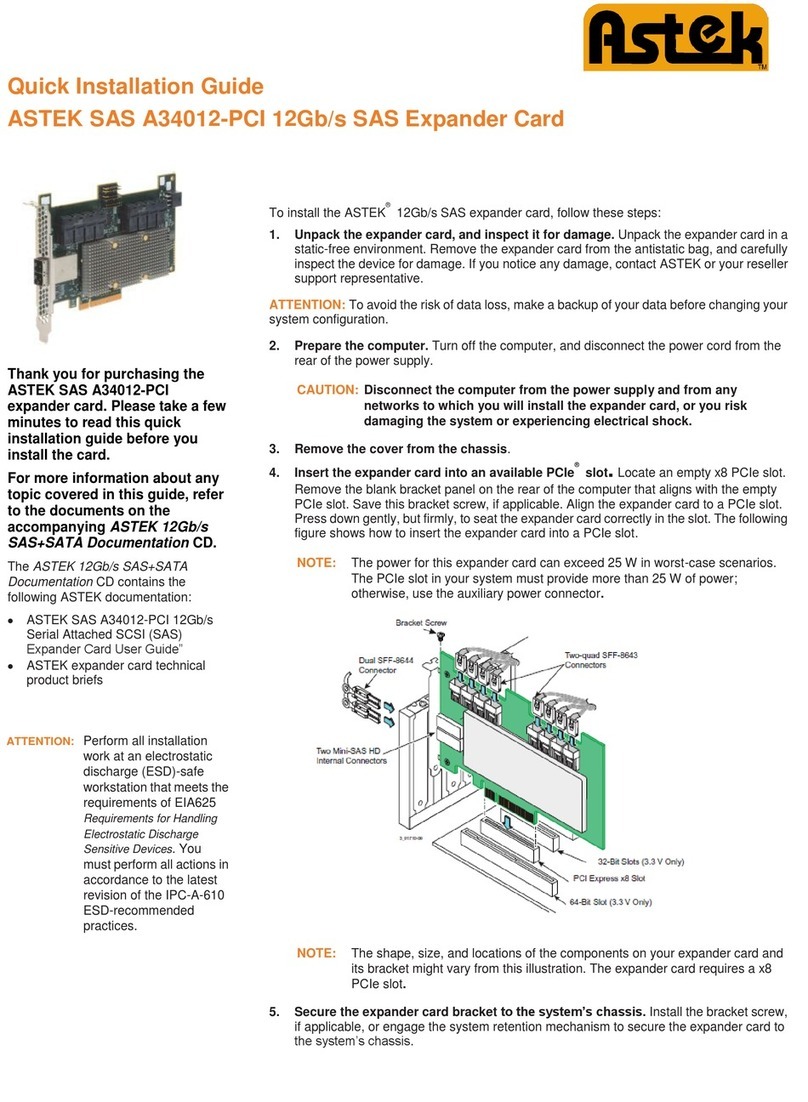
ASTEK
ASTEK SAS A34012-PCI Quick installation guide
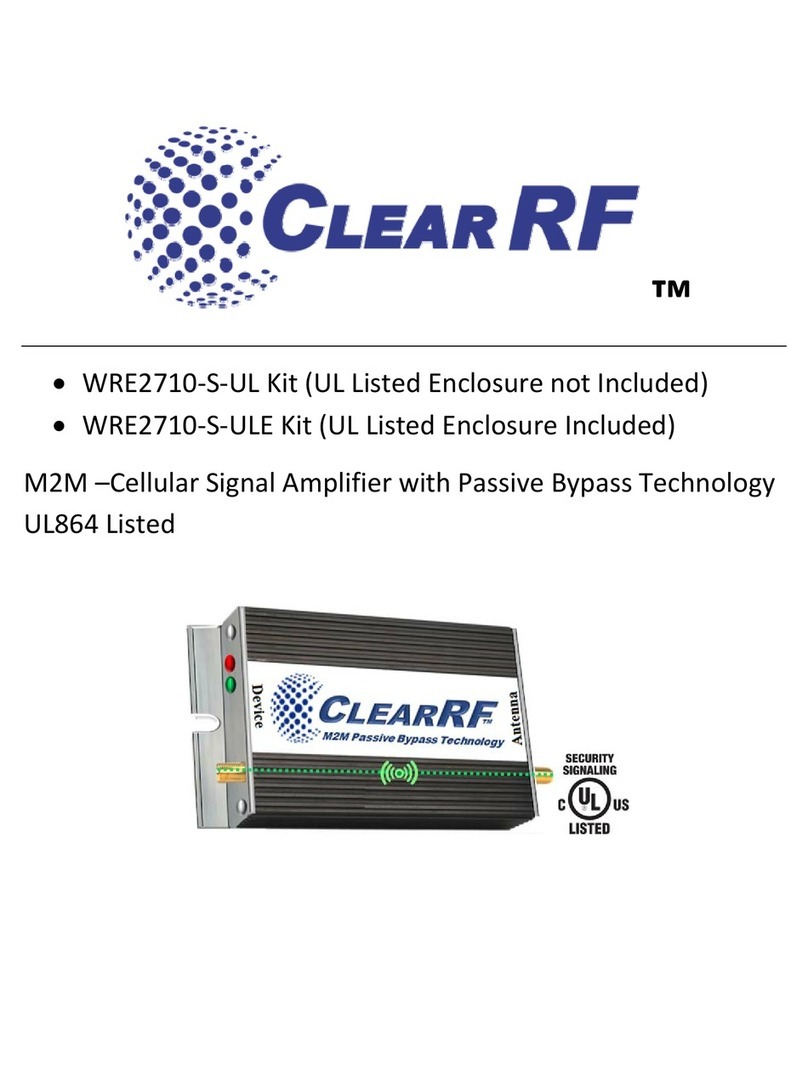
ClearRF
ClearRF WRE2710 installation guide
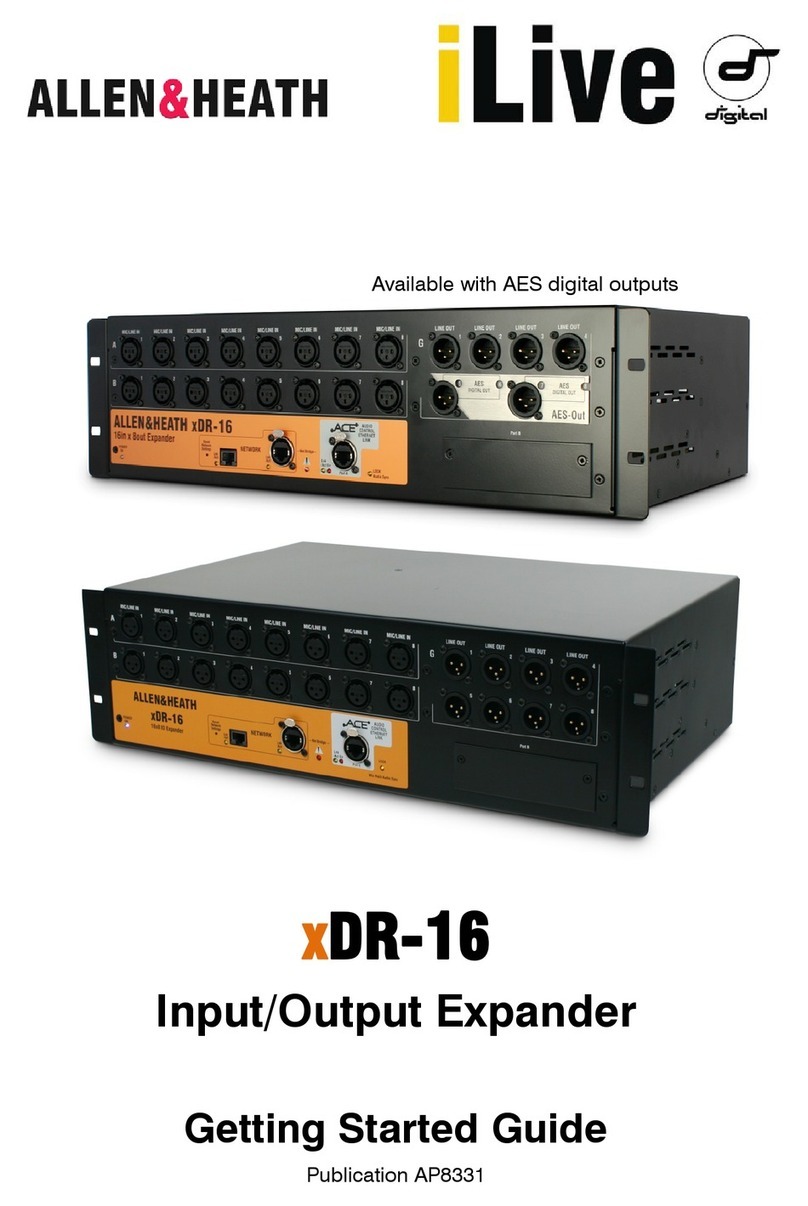
ALLEN & HEATH
ALLEN & HEATH xDR-16 Getting started guide
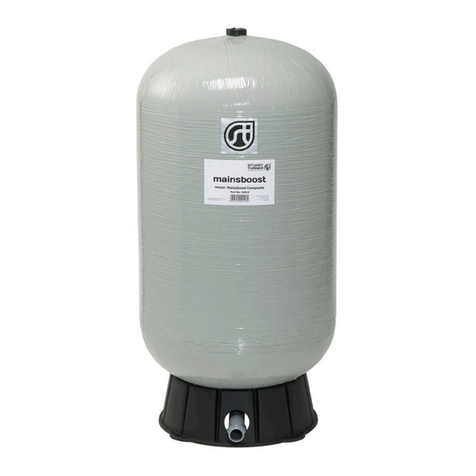
Stuart Turner
Stuart Turner Mainsboost MB 100CV Installation, operation & maintenance instructions
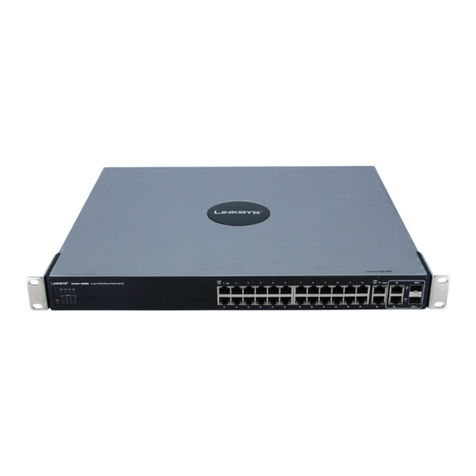
Cisco
Cisco SD2008T-NA Configuration guide
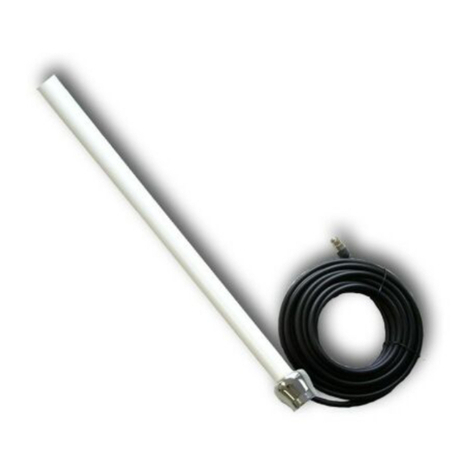
Lancom
Lancom AirLancer Extender O-360-3G installation instructions

